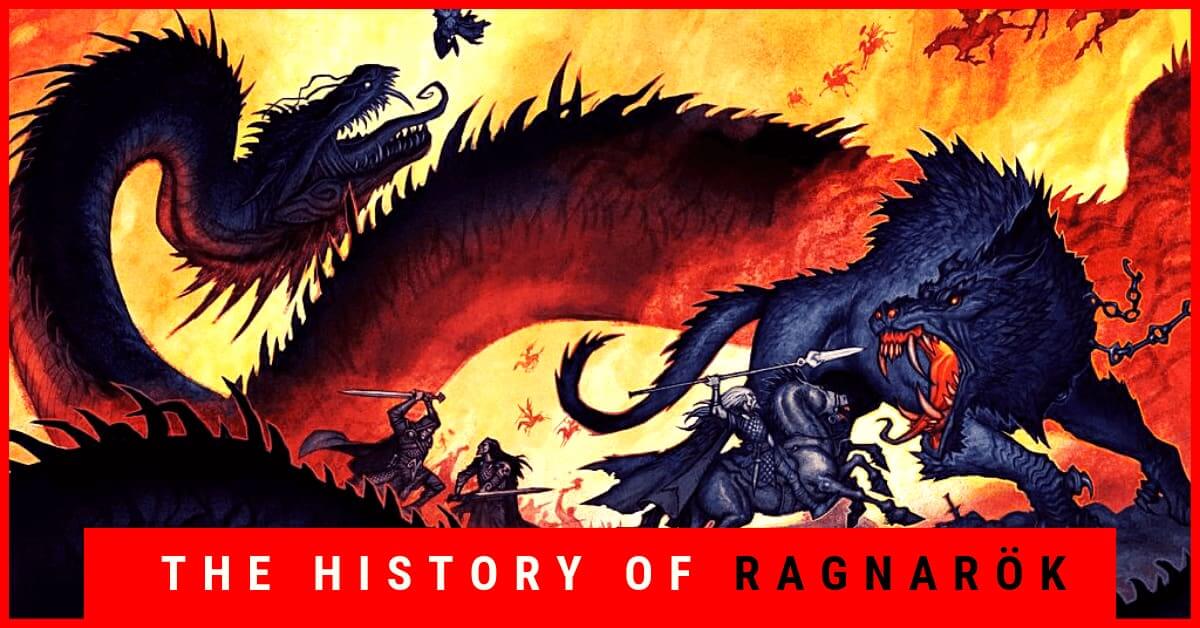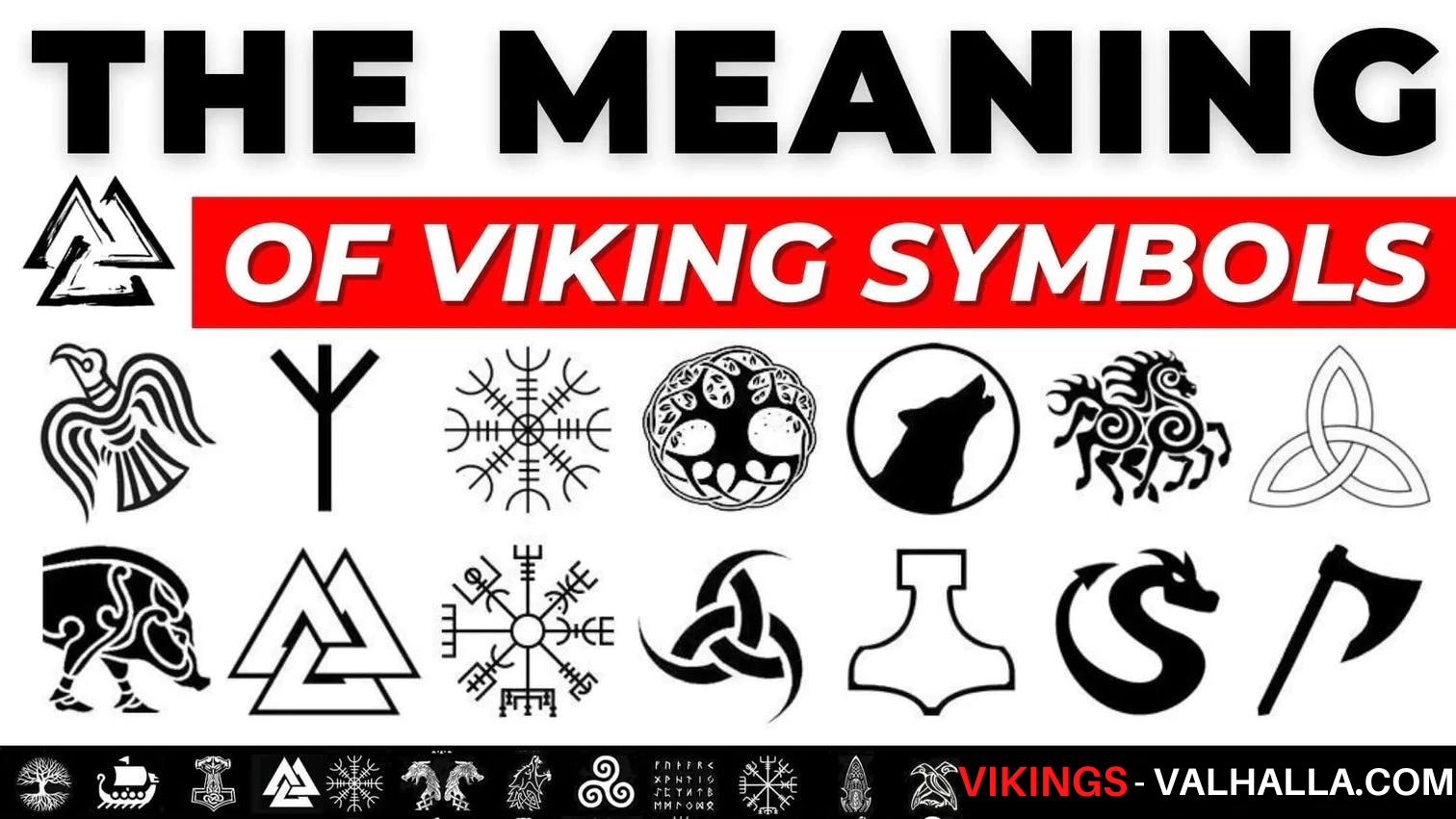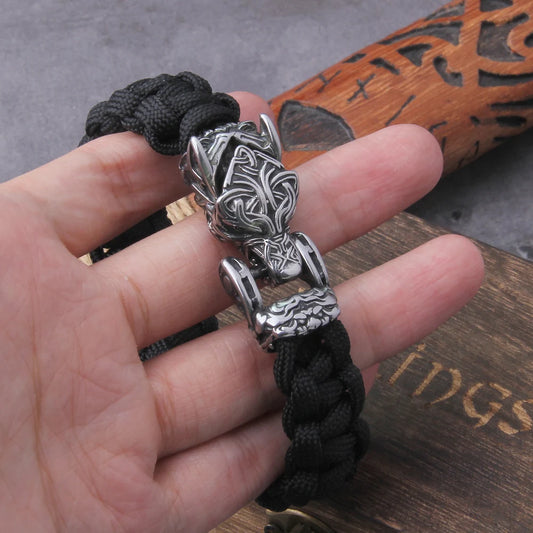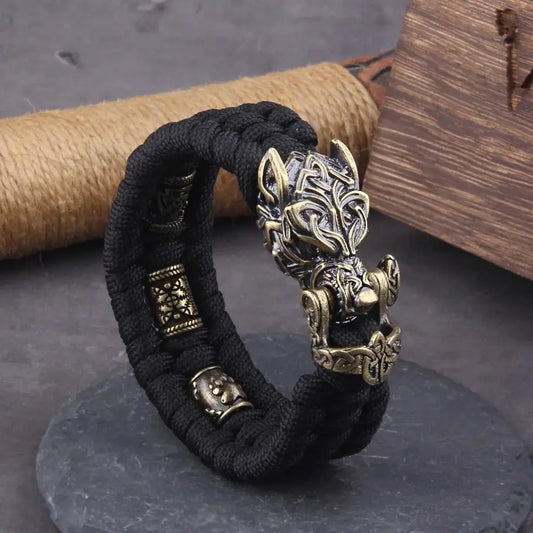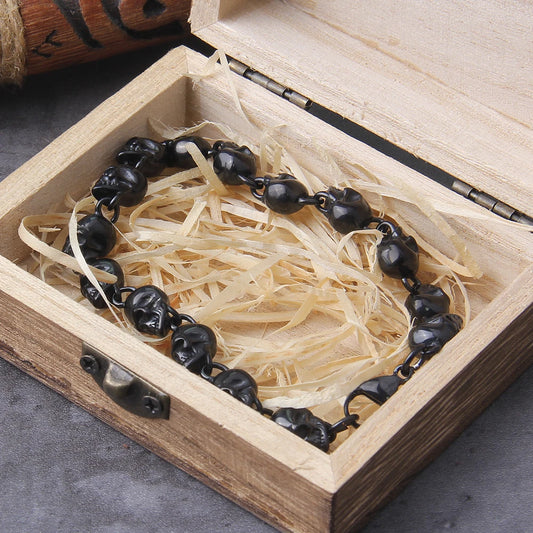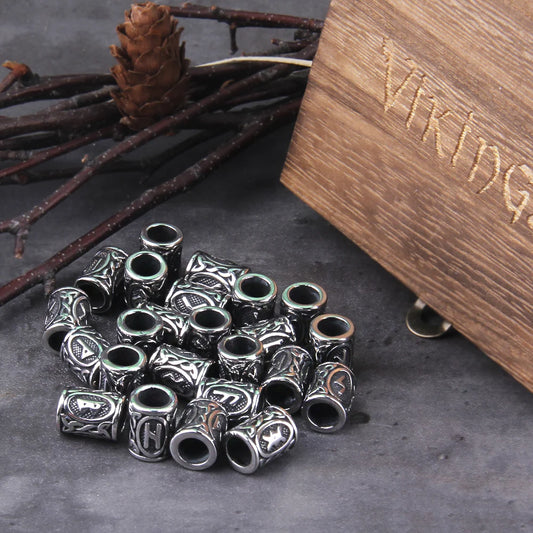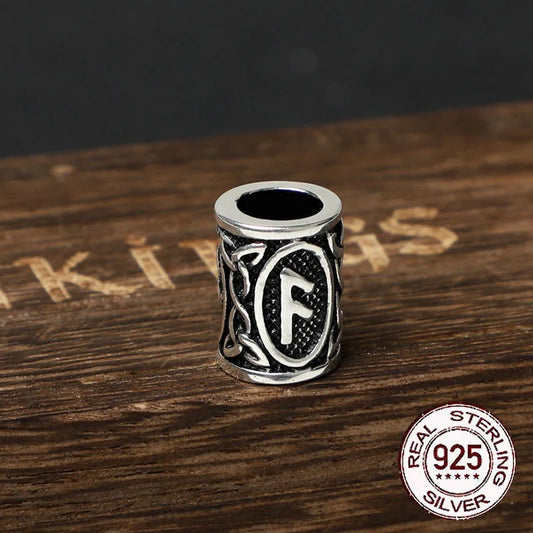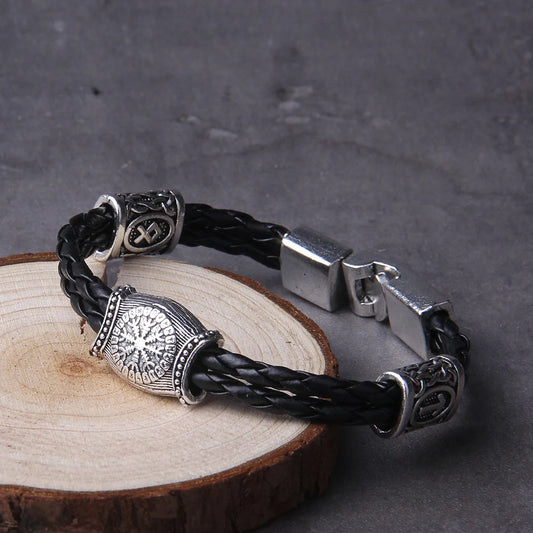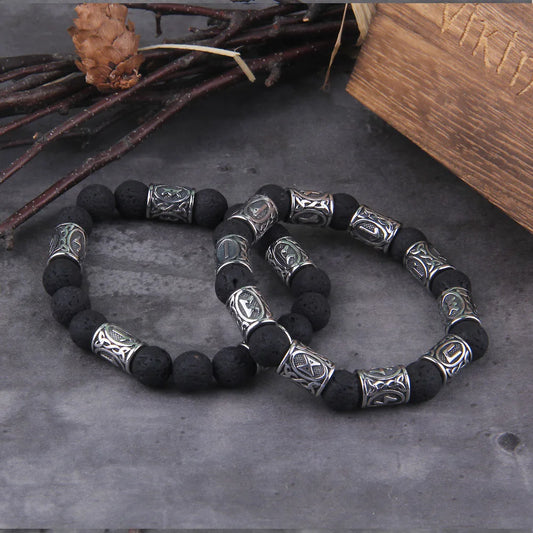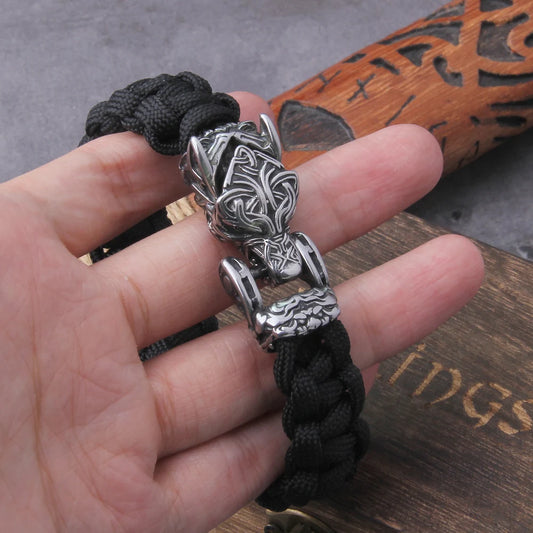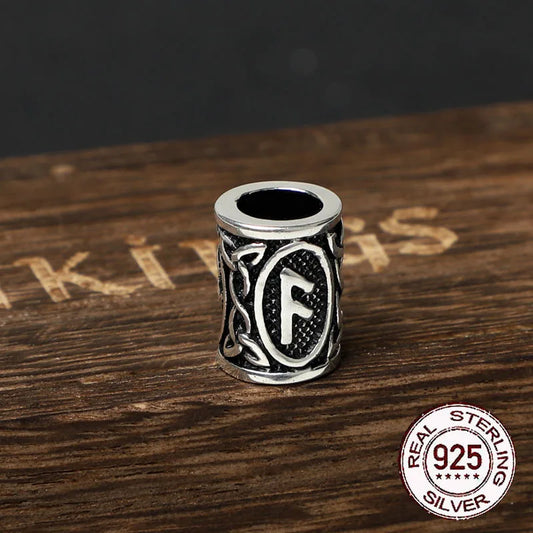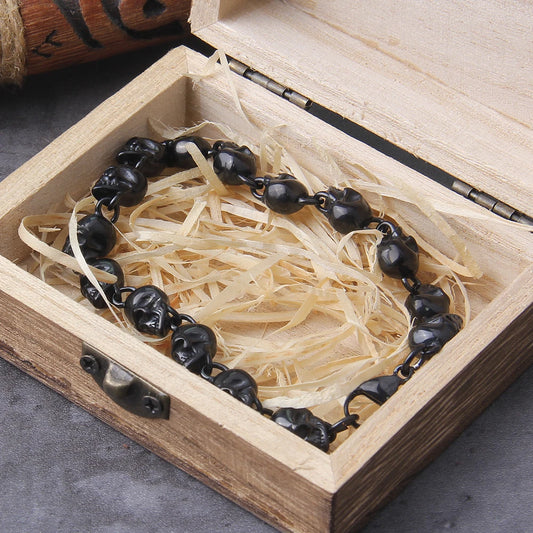In Norse mythology, Tyrfing, Tirving or Tyrving (whose name is potentially related to the Thervings) was a magical sword mentioned in the Tyrfing cycle, which contains a poem from the Poetic Edda called Hervararkviða as well as in the Saga of Hervor and King Heidrekr.
King Svafrlami was Odin's grandson and king of Garðaríki. Taking advantage of the fact that the dwarves Dvalinn and Durin had left their rock, he managed to lock them up and forced them to forge a sword that could cut stone and iron as if they were clothes, that would never miss its target and that would never rust.
The dwarves forged the sword, but cursed it in revenge so that Svafrlami would be killed: Each time it was drawn from its scabbard, it would kill a man and cause three great misfortunes.
Svafrlami was killed by Arngrim, a berserk, who took his sword in turn. After him, it was carried by Angantyr and his eleven brothers. All of them were killed at Samsø by the Swedish champion Hjalmar and his brother Orvar-Odd; but Hjalmar was mortally wounded by the sword and barely had time to sing his death song before he perished, and to ask Orvar-Odd to take his body back to Ingeborg, Yngvi's daughter, in Uppsala.
Tyrfing in Popular Culture
In the series of Bjorn the Morphir and Bjorn in the Underworld, it is mentioned as a magical sword with life. It confers immeasurable battle rage on its bearer and is said to have been carried by a hero named Snorri.
In the game Fire Emblem: Genealogy of the Holy War, the main hero named Sigurd is the heir of a sword named Tyrfing. His son, Seliph, will also get the legendary sword years after his father.
In the video game Castlevania: Symphony of The Night, Alucard can recover the sword Tyrfing.

